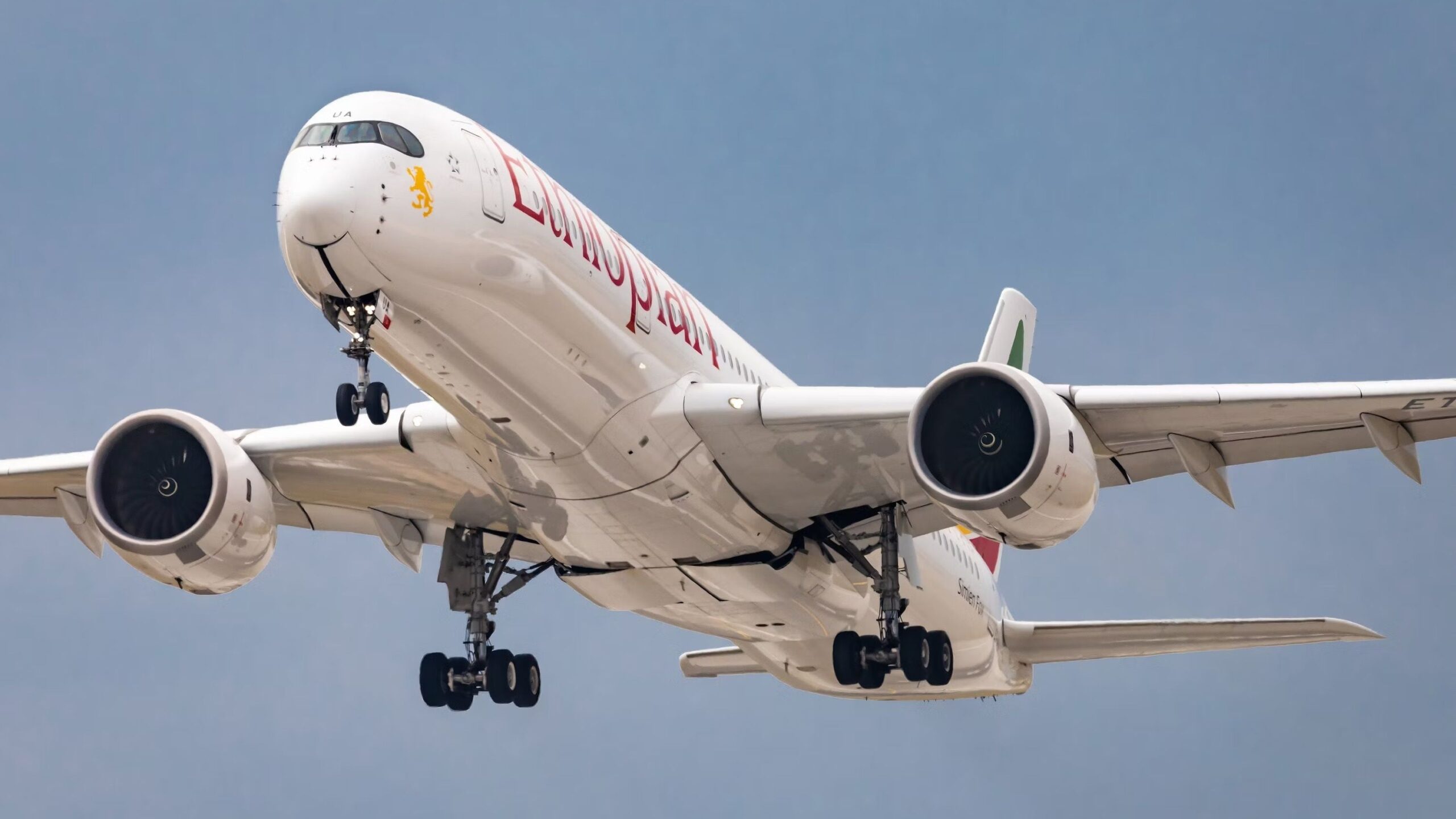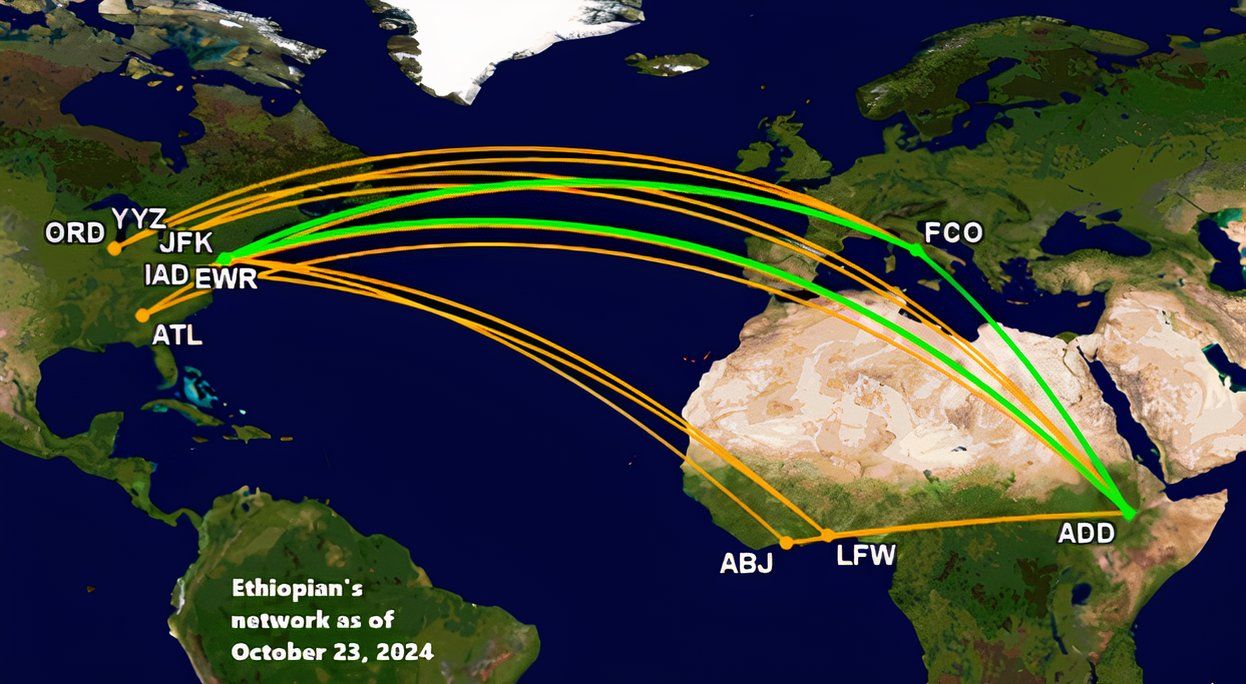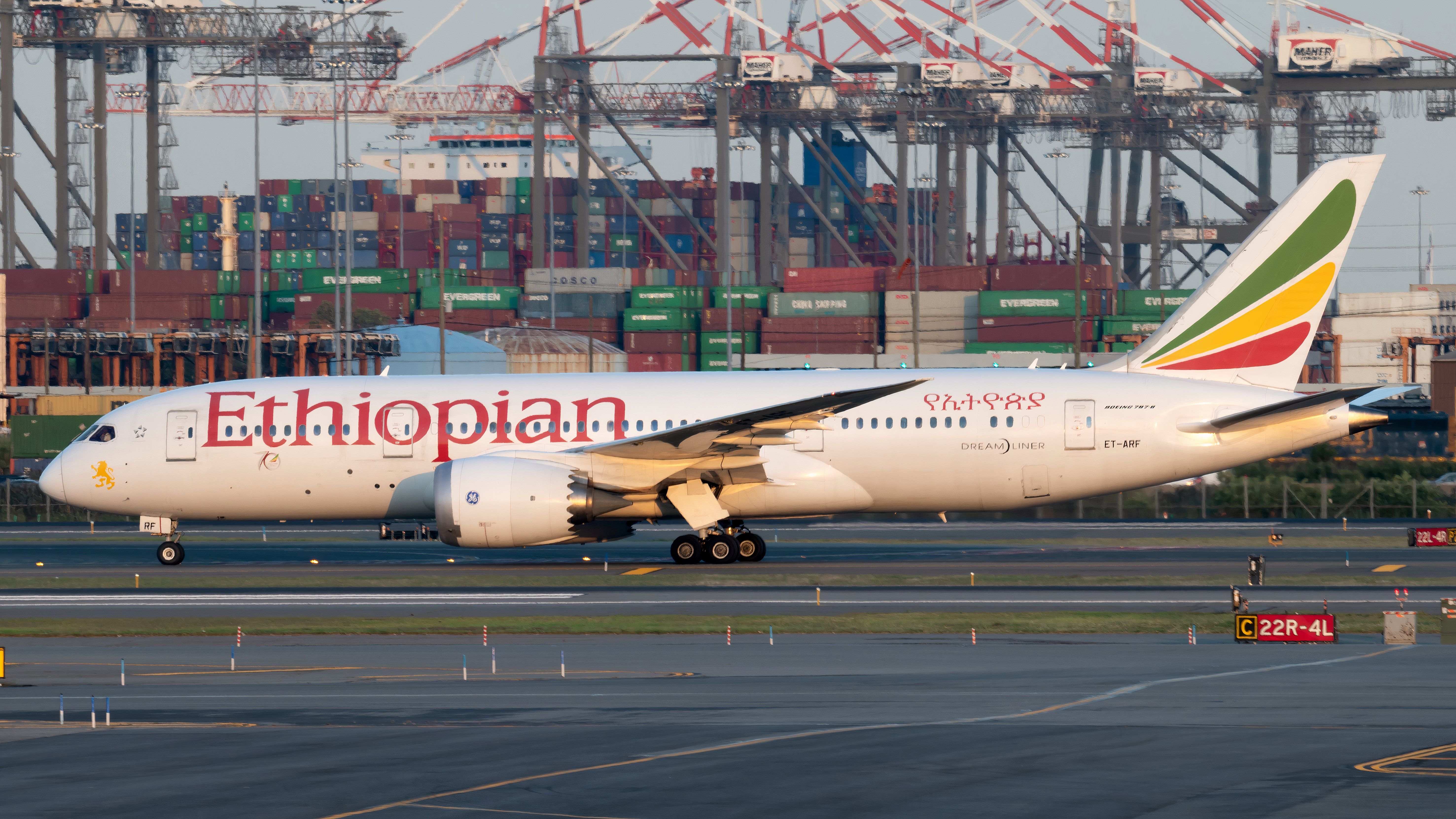In the year to July 2024, more than 6.3 million passengers flew between North America and all of Africa, equivalent to 17,000+ people daily. The figures from booking data include everyone, regardless of whether they went to North Africa or the sub-Saharan region. If the latter is considered, the traffic was about 4.1 million (11,000 daily).
While non-stop capacity is increasing, about three in ten passengers connected to another flight en route in Europe, the Middle East, or Africa itself. In this sense, Ethiopian Airlines
plays a critical role. But where does it fly, and where do its passengers go?
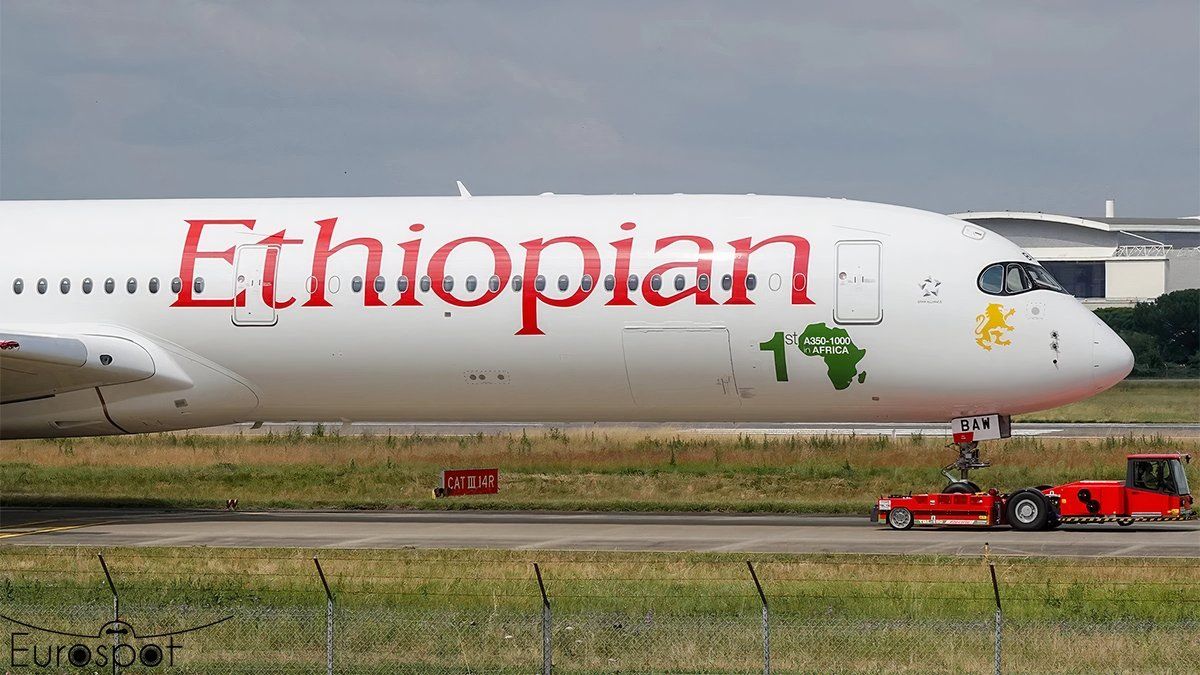
Related
What Do You Think About Ethiopian Airlines’ Coming A350-1000s?
Ethiopian Airlines will soon take delivery of Africa’s first A350-1000, which is expected to enter service in November. It seems Lagos and London Heathrow will be the first two destinations, potentially on November 2 and 3, respectively, but this may be pushed back.
The first -1000 will be ET-BAW with 395 seats: 46 in business class and 349 in economy. About 12% of capacity will be in business, a higher proportion than all other widebodies in its fleet: the A350-900 (9%), 777-300ER (9%), 787-8 (9%), 787-9 (10%), and 777-200LR (11%).
Ethiopian ordered four A350-1000s in 2022, and they will be its second-highest capacity equipment after the 777-300ER (399 seats).
While details are scarce and subject to change, Aeroroutes indicates more A350-1000-operated routes will begin in late March 2025, i.e., at the start of the northern aviation summer season based on IATA slot seasons.
For now, Accra and Washington Dulles are stated as coming to coexist with Lagos and Heathrow. Dulles is Ethio
Ethiopian’s North American routes
The Star Alliance member’s current US and Canadian passenger network comprises six airports from its Addis Ababa Bole International Airport
hub. Its route map is quite complex, as the following text and map show.
-
Washington Dulles: 10 to 11 times weekly. First, daily A350-900, although the
Airbus A350-1000is planned from March 25. All flights are via Rome to the US, non-stop back. Second, three to four times weekly 787-8 via Lomé in both directions
- Toronto: daily A350-900 via Rome to Canada, non-stop back
- New York JFK: six weekly to daily 787-8. First, three to four times weekly via Lomé in both directions. Second, three times weekly via Abidjan in both directions
- Chicago O’Hare: five weekly to daily 787-8 (and occasionally the 787-9) via Rome to the US, non-stop back
- Newark: three to four times weekly 787-8 currently via Lomé in both directions, but will soon change to operating via Rome to the US and non-stop back
- Atlanta: three to four times weekly 787-8 via Rome to the US, non-stop back
Why all the stops?
Given Addis’ high elevation, which reduces aircraft take-off performance with a heavy payload, most flights stop in Rome to refuel en route to North America. They had stopped there for years before switching to Dublin. They reverted to Italy as they could carry more passengers/freight on the shorter hop than to Ireland.
Image: GCMap
Some flights stop in West Africa in both directions. While Abidjan (to/from JFK) is for the local market, Lomé allows passengers to connect to/from Western and Central Africa with partner ASKY.
Given that Ethiopian serves Lomé from JFK and Newark (the latter changing soon), Anglophone markets are critical, particularly Lagos and Accra.
Photo: Vincenzo Pace | Simple Flying
Many more cities are planned
In late 2023, Ethiopian’s Chief Commercial Officer told me the carrier would add two North American cities annually for a “few years.” He specified Denver, Houston (previously served until 2020), Minneapolis, Montreal, and Seattle. He did not mention Los Angeles, to which Ethiopian flew until early 2019 (via Dublin in both directions).
A year later, none have been announced yet. Insufficient aircraft and no traffic rights are two reasons for the lack of progress.
Traffic rights appear especially problematic for Montreal. To capture passengers bound to/from Francophone Western and Central Africa, Ethiopian wishes to stop in Lomé. However, Canada refused to award traffic rights.
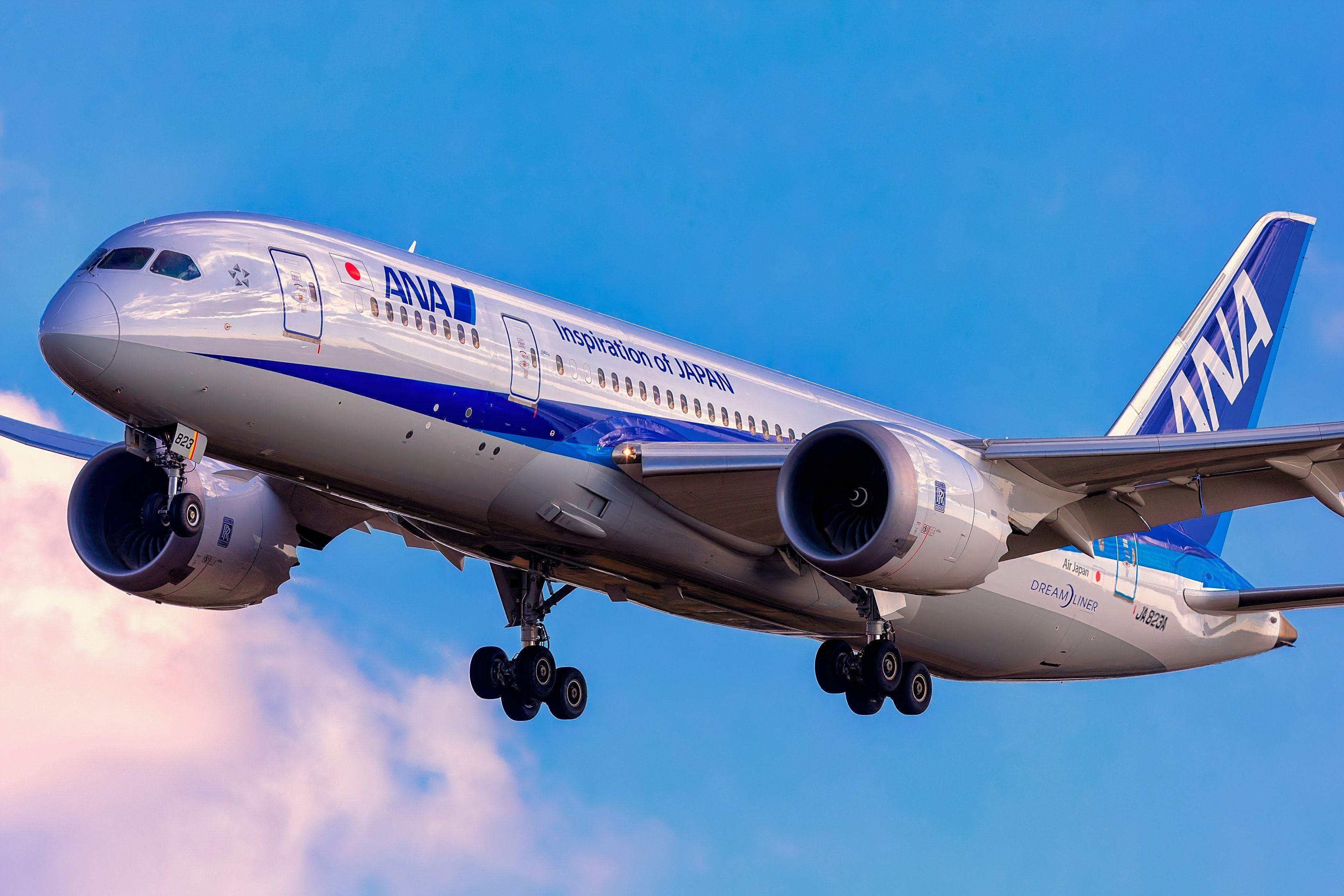
Related
The Most Notable New Airline Routes This Week
Routes make the world go round.
Where US/Canada passengers go
In the year to July, Ethiopian’s three largest point-to-point markets were Dulles-Addis (no surprise!), JFK-Abidjan (hence why it stops there!), and Toronto-Addis. But what about the carrier’s top 10 airport-level connecting markets?
- Toronto-Delhi (via Addis); really! Passengers sought lower fares, and so tolerated the inconvenient routing (the Toronto-Delhi market is enormous)
- Newark-Accra (via Lomé)
- Newark-Lagos (via Lomé)
- Toronto-Lagos (via Addis)
- Dulles-Lagos (mainly via Lomé)
- JFK-Lagos (via Lomé)
- Toronto-Nairobi (via Addis)
- JFK-Accra (via Lomé)
- Dulles-Douala (via Lomé)
- Toronto-Entebbe (via Addis)

